Human Remains, Paris Catacombs
Paris. The name alone evokes a plethora of positive and magical emotions. Despite the many wonderful locations present in and around the city, Paris also has a number of interesting locations that are less pleasant. First and foremost among these spots are the Paris Catacombs, which is a location that is both open and closed to the public year-round. The catacombs are open and closed to the public year round because the catacombs are part of an extensive underground tunnel and mine network that extends beneath Paris. These mines were used for centuries to mine both gypsum (used in making “Plaster of Paris”), and Lutetian Limestone (used in constructing many of the famous palaces and structures in the city itself). While the catacombs are part of the tunnel and mine network under the city, they only comprise a small portion of the underground space. The remainder of this space which extends in all directions is and has been closed off to the public for years. While explorers do venture into these spaces (which involves the potential for fines and arrest from the authorities, and personal safety risks) these areas are not open to the public at all. However, the smallest portion of this network – the catacombs themselves – is open to the public and is accessible year-round.
Human remains, Paris Catacombs
While the Catacombs proper comprise a small portion of the tunnel and mine network under the city, small is a relative term. At one hundred and eighty six miles of tunnel length, the Paris Catacombs – or as it is officially known, the “l'Ossuaire Municipal” or “Catacombes officiels” is the world’s largest grave. What the Catacombs are, is a large underground ossuary, which is a place designed to serve as a final resting place for human remains. The Catacombs were opened in response to two separate but simultaneous crises in the city of Paris in 1774. At that time, the city first had a lack of space to bury the dead; and second, had a number of cave-ins and collapses in the mine and tunnel network. The Catacombs were devised as a solution to address the tunnel instability problem, and as a place to store the city’s many dead. From 1774 onward, over six million bodies were moved into the Catacombs from the city’s old cemeteries. If an ancient underground tunnel and mine system that has over six million bodies in it wasn’t interesting enough, it is also worth noting that tours of the Catacombs have been going on since 1814.

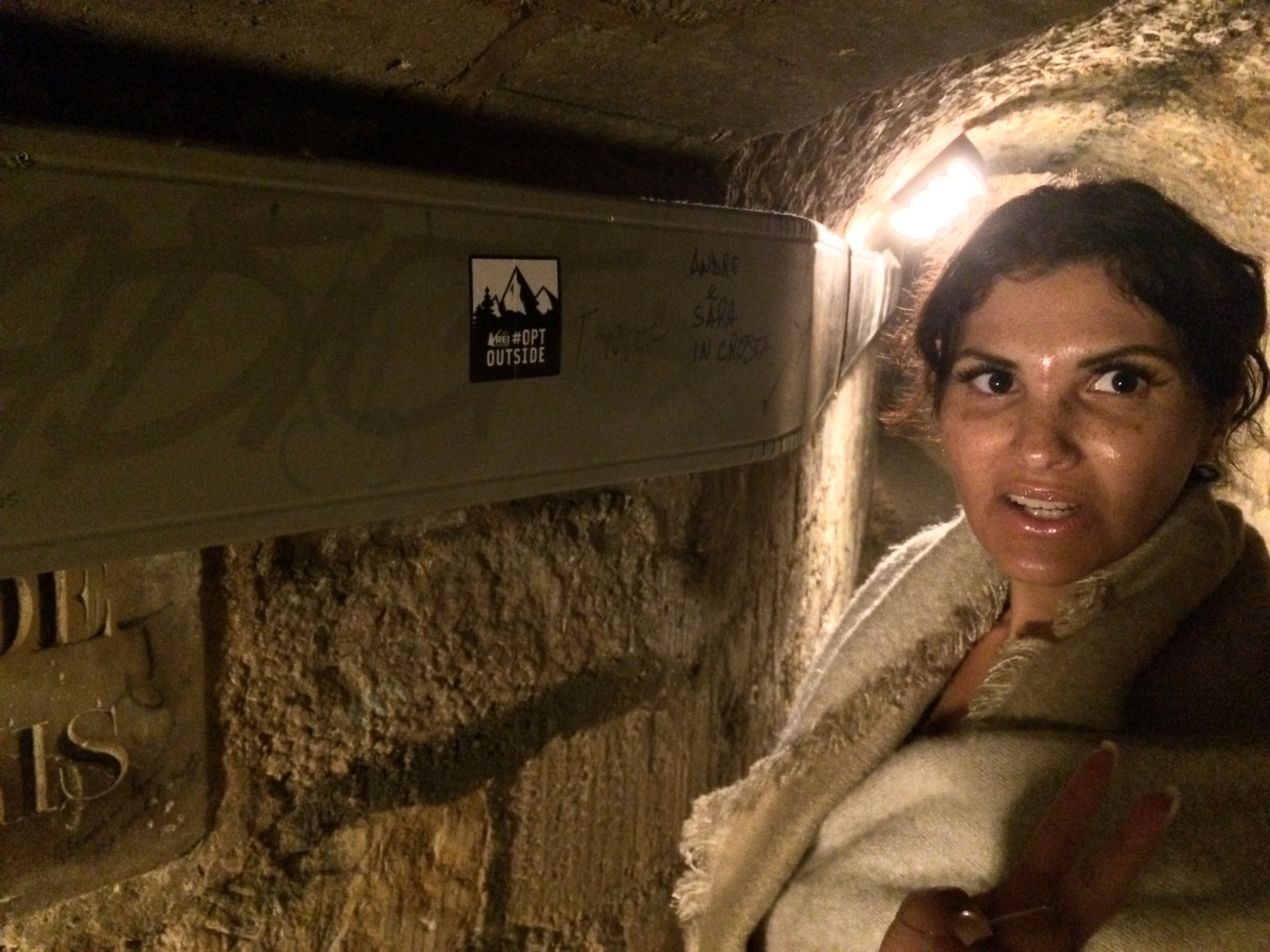
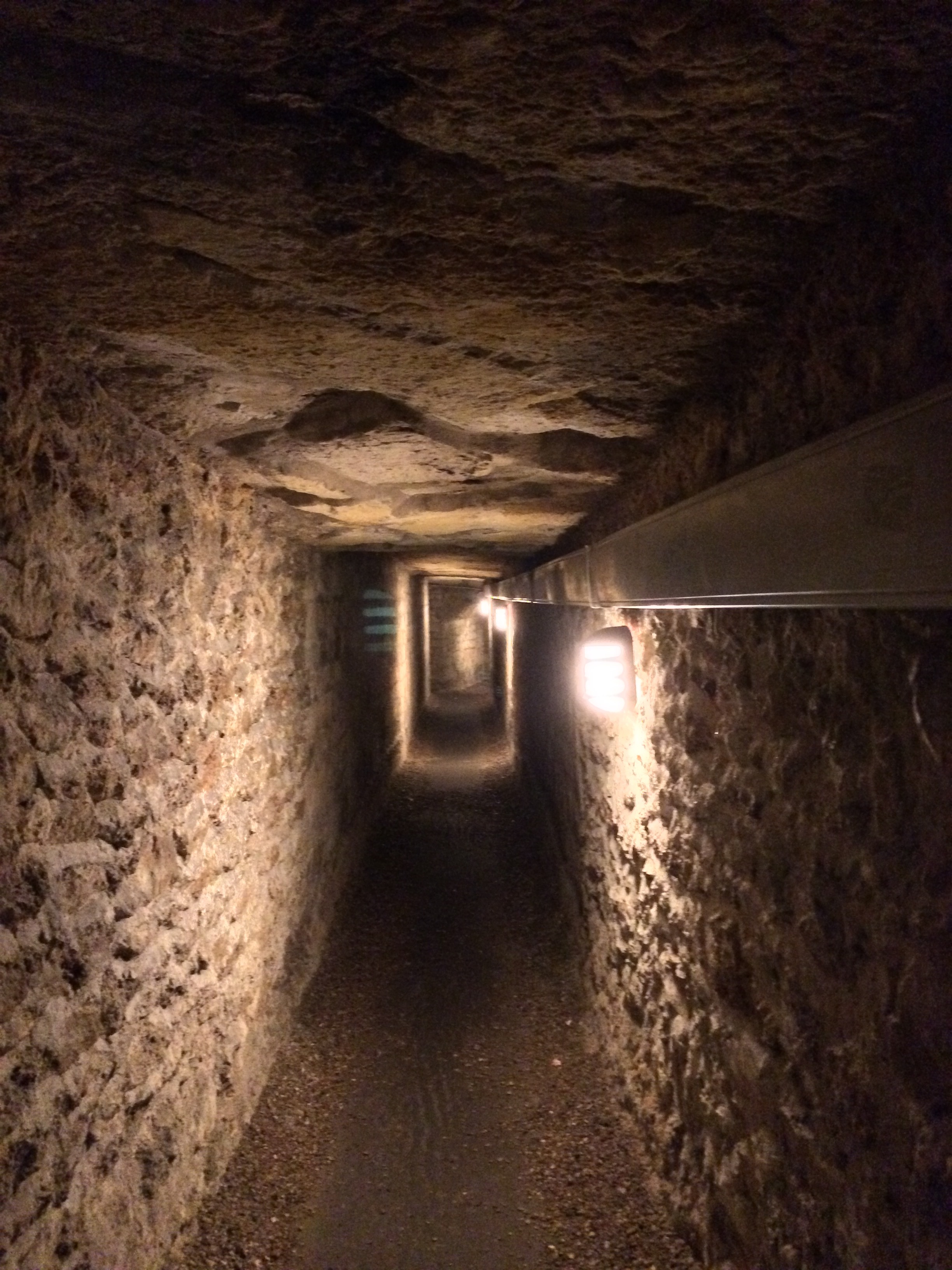
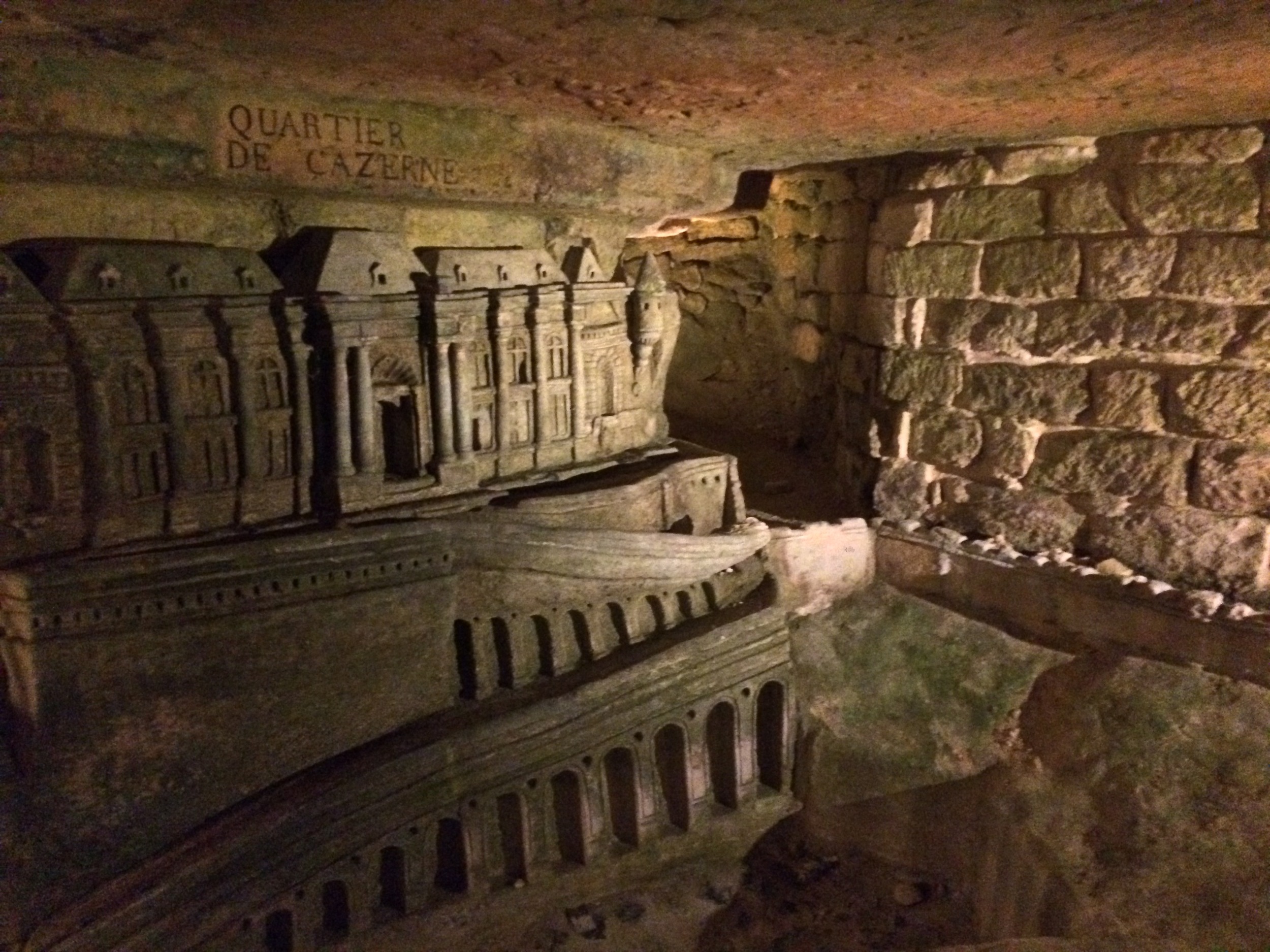
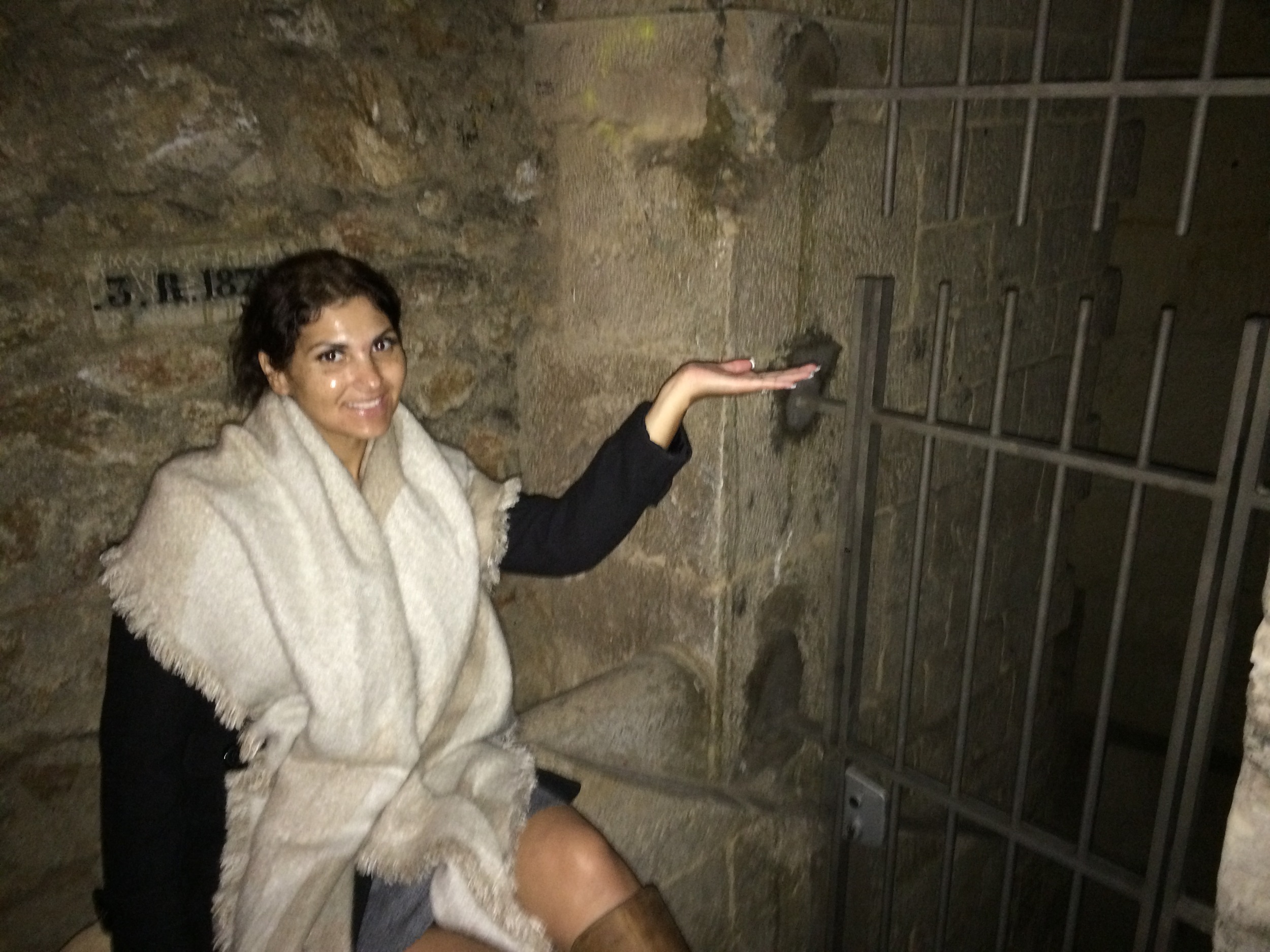
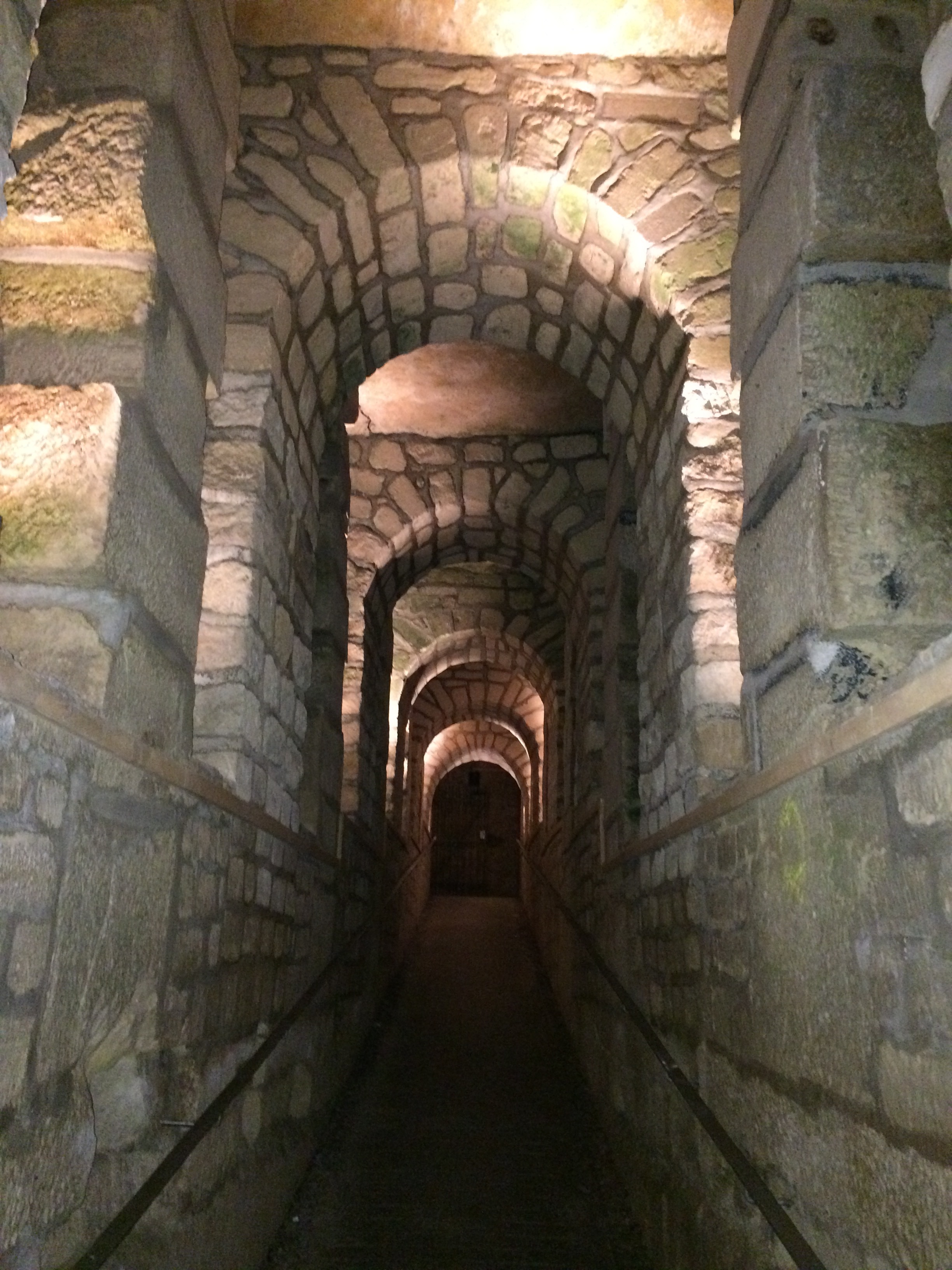
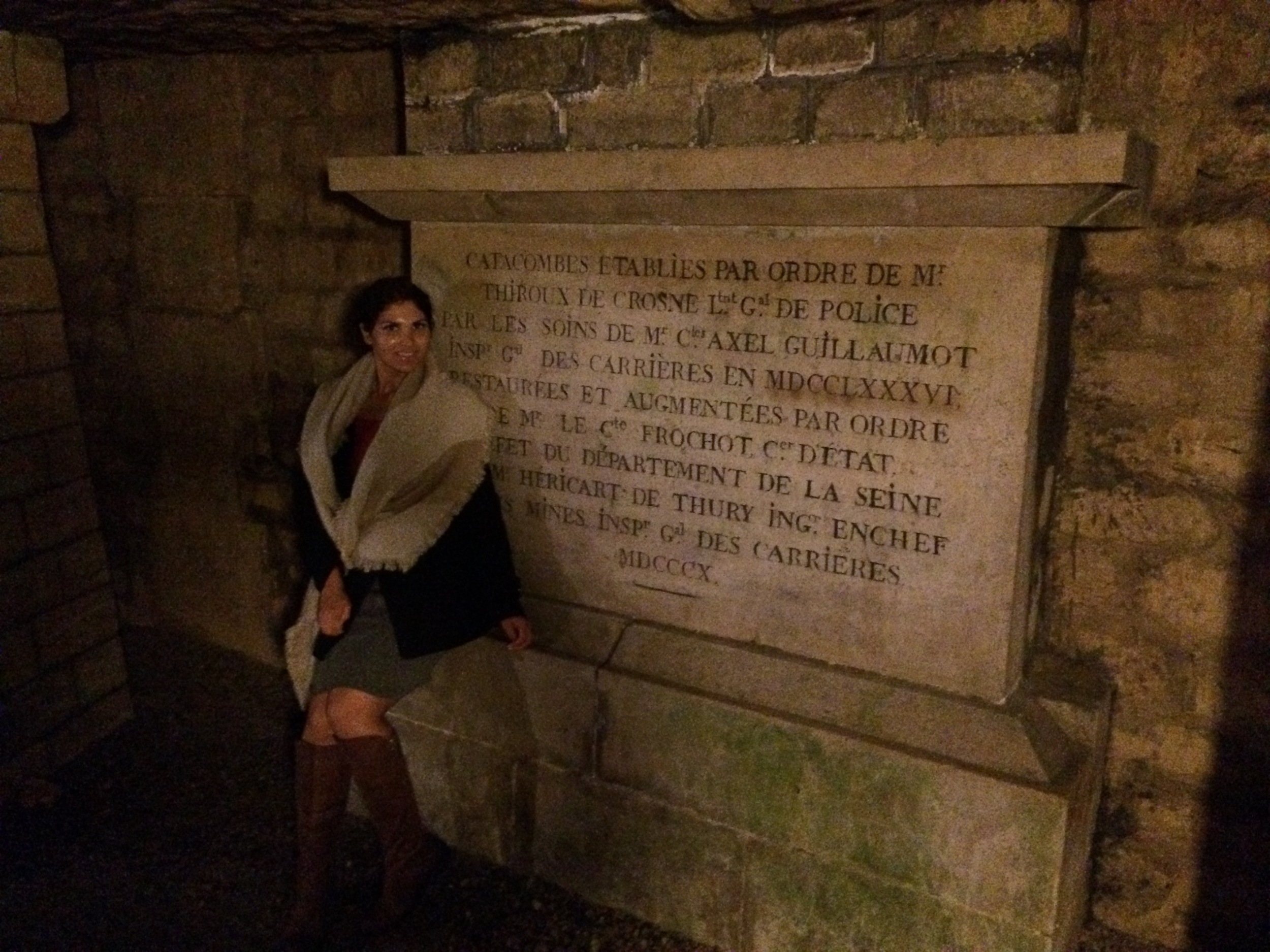

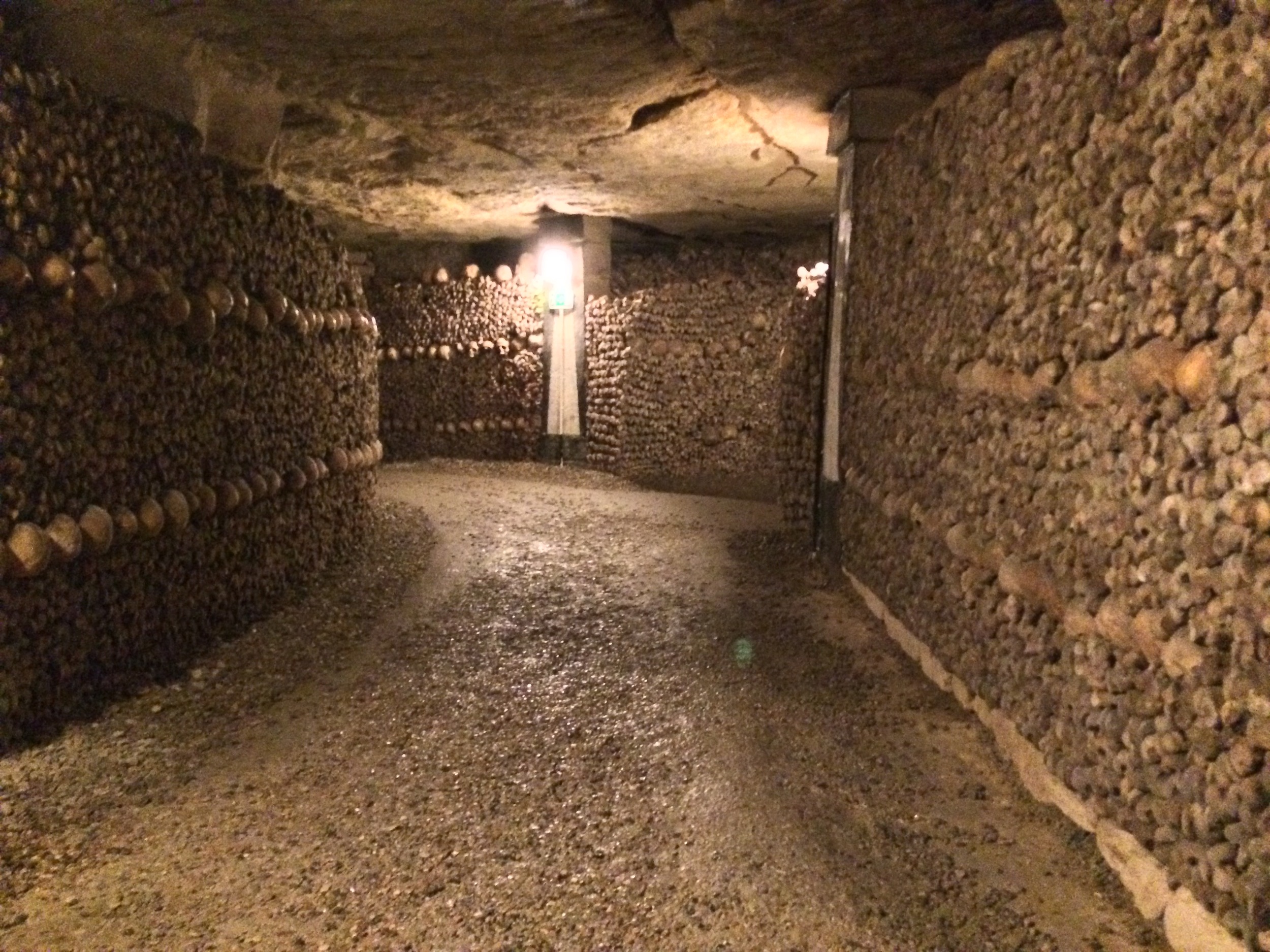
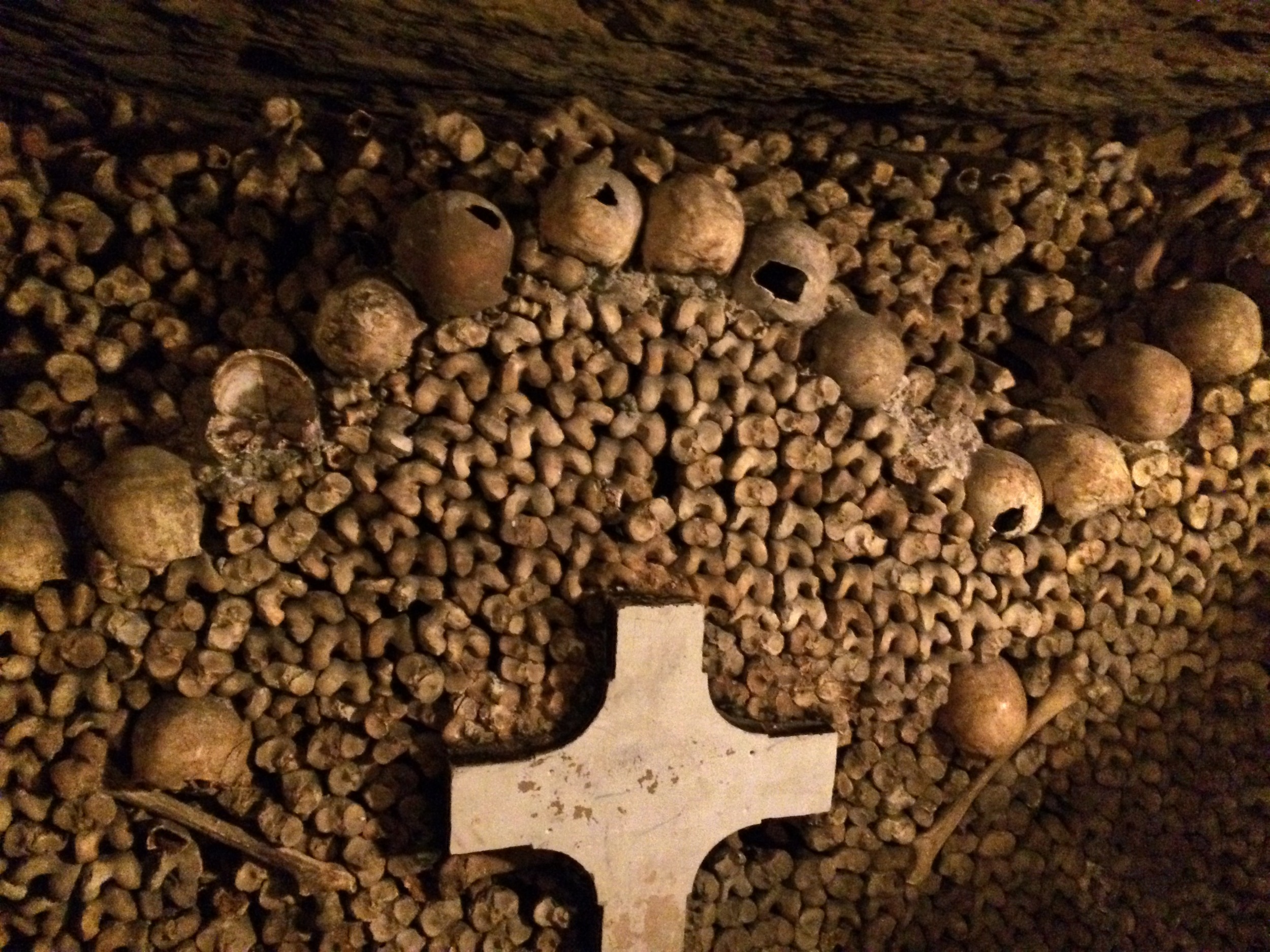

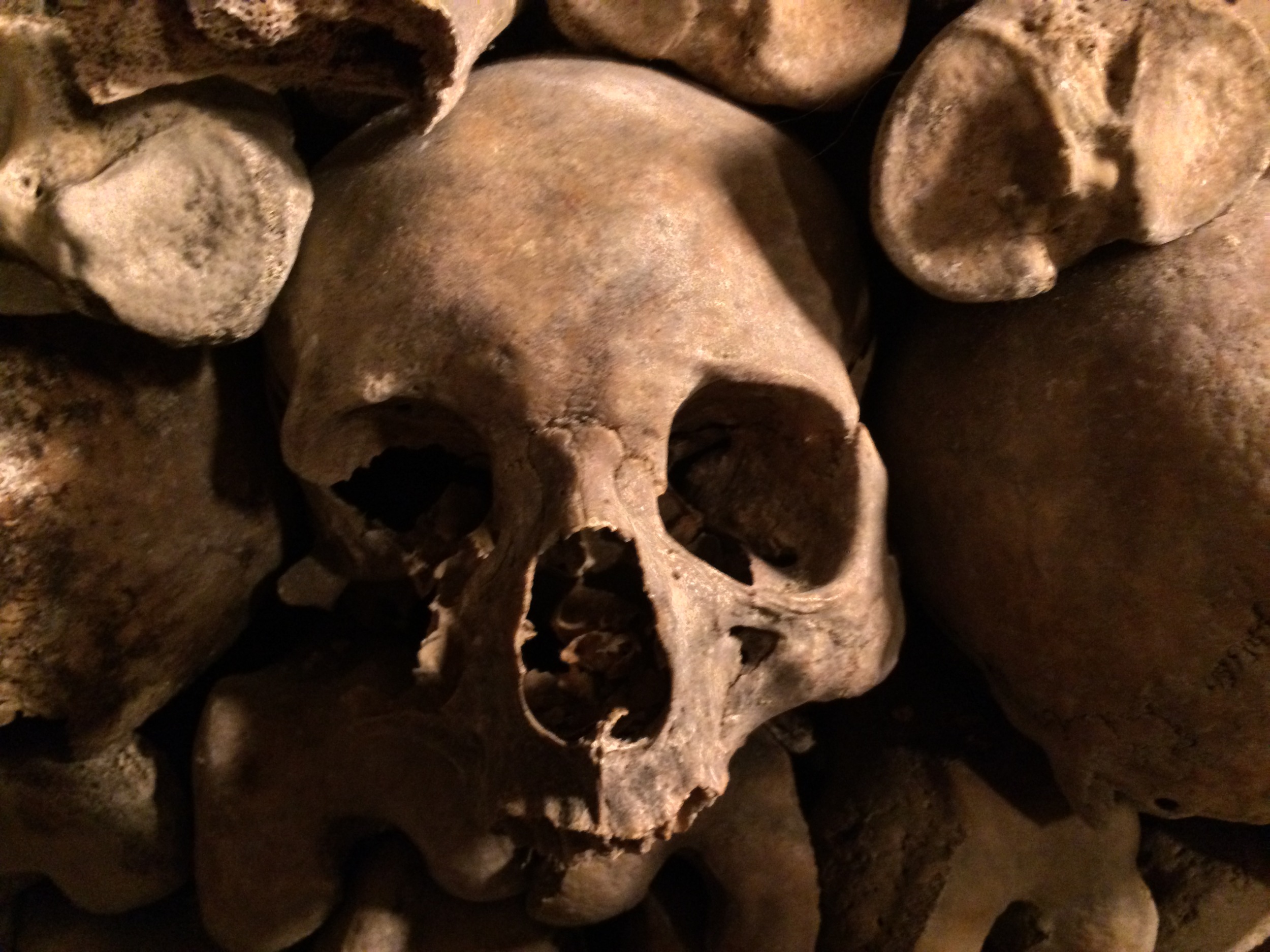
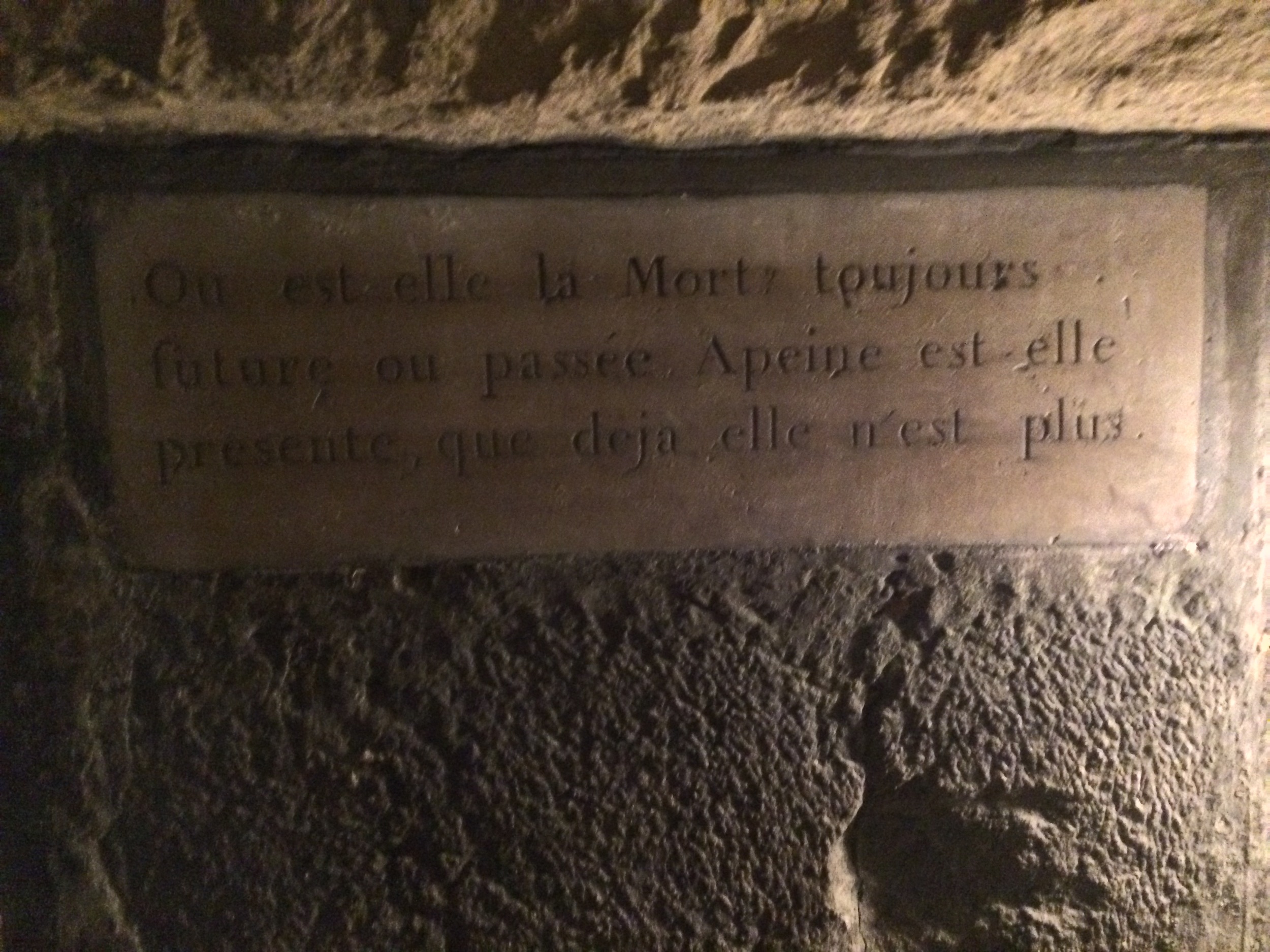
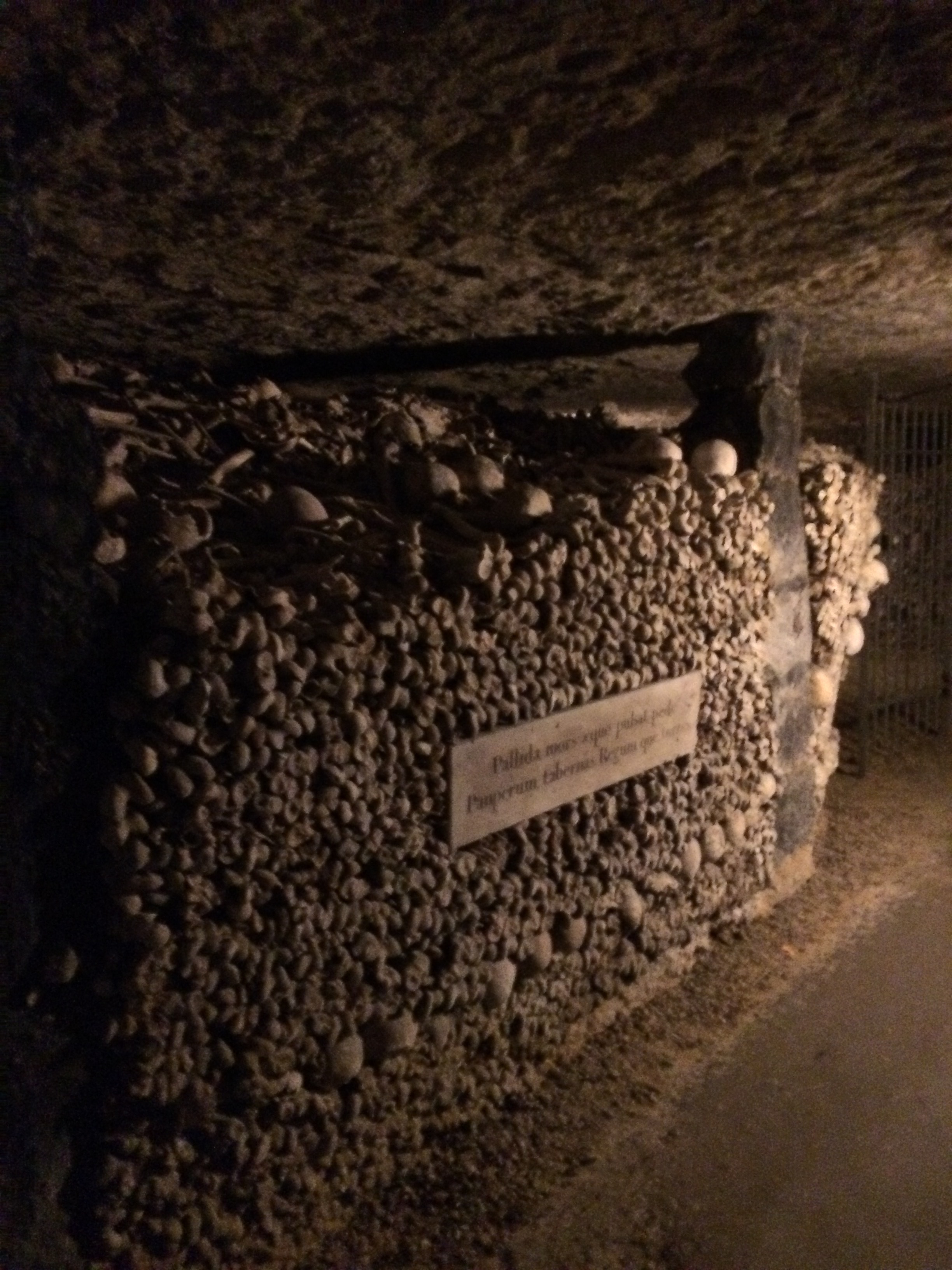
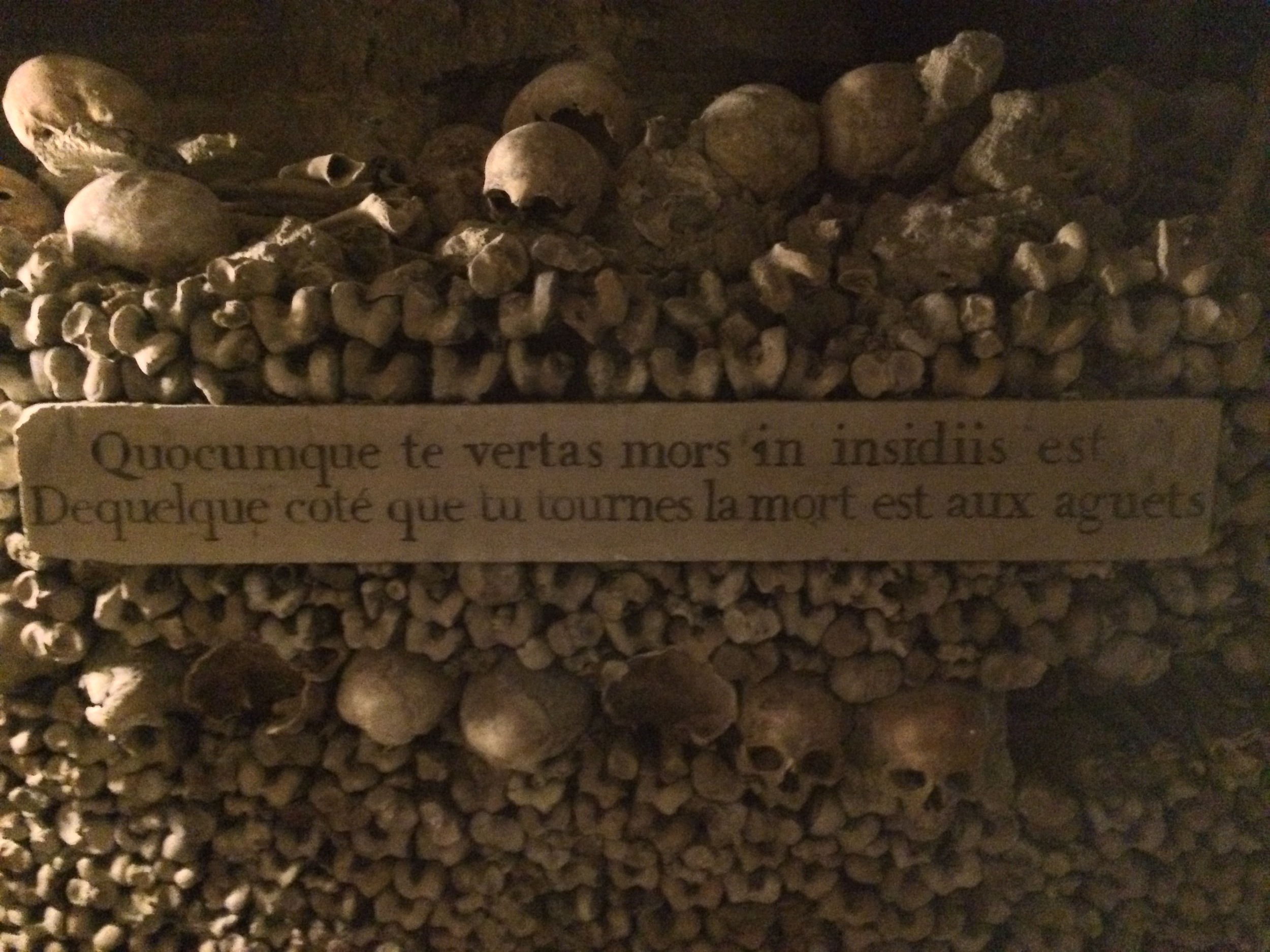
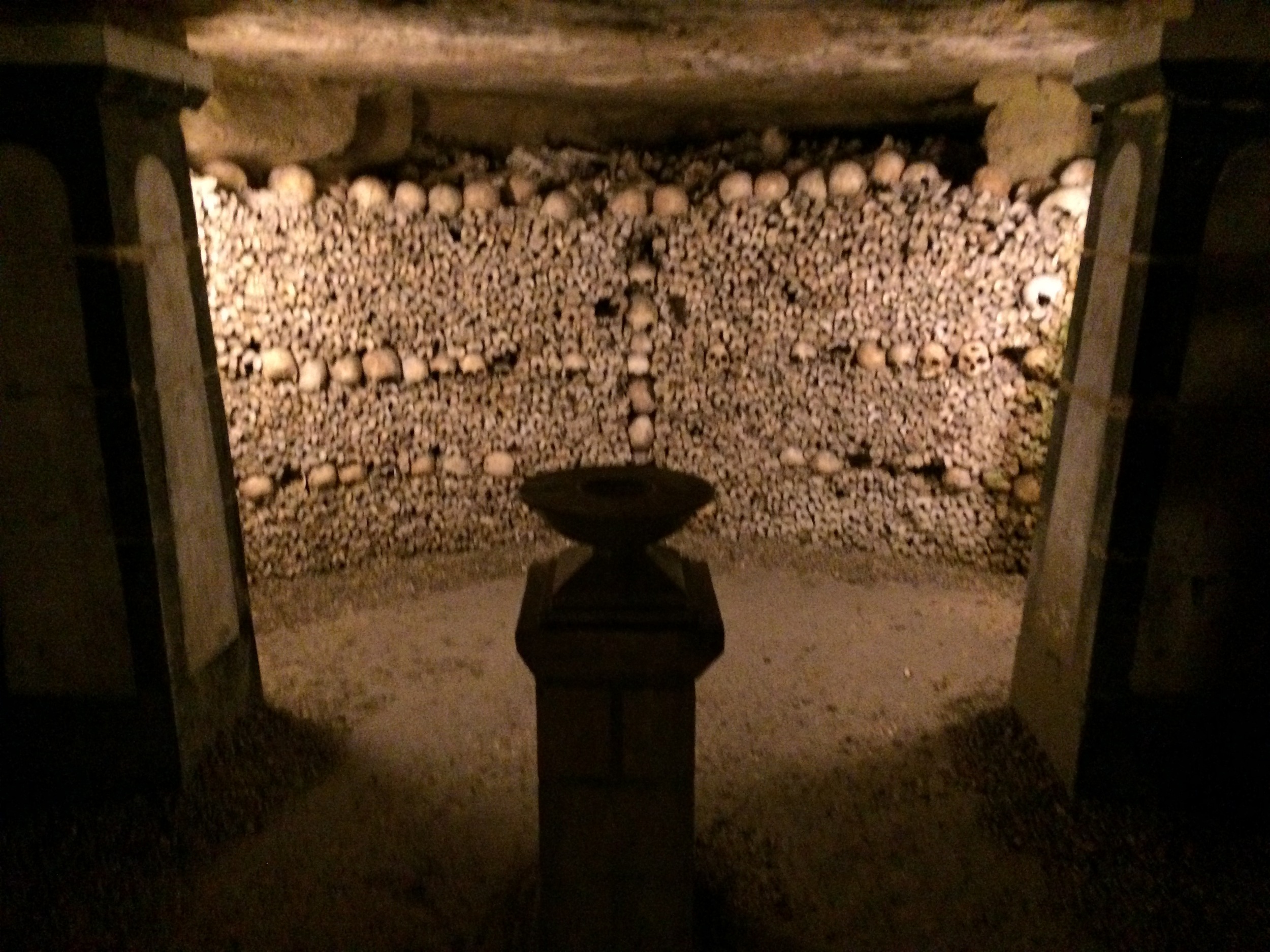
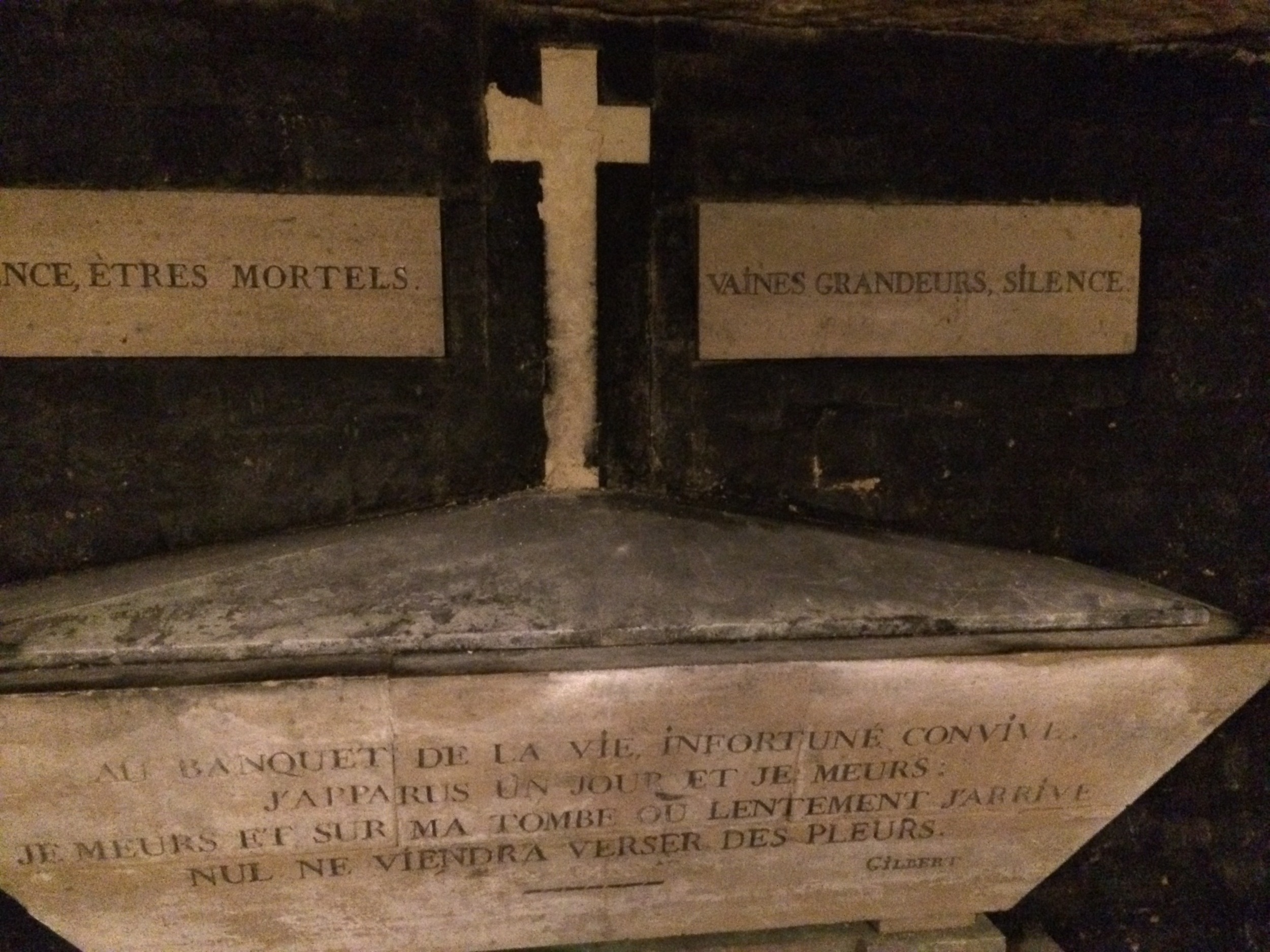
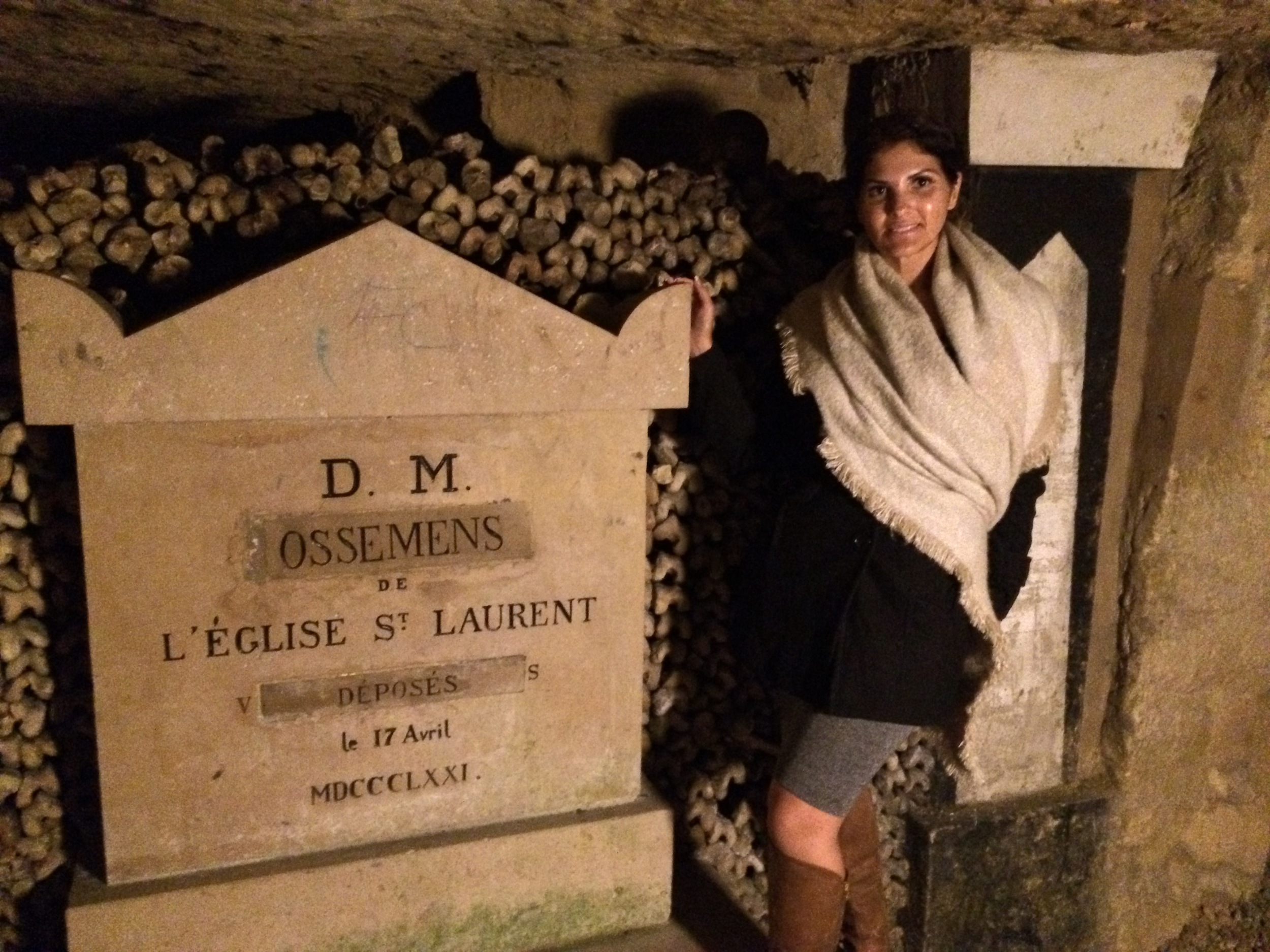
Directions: Today, the Catacombs are operated by the City of Paris Museums, and as of December 2015, the fee to enter was twelve (12) Euros per person (~$13.00 USD), although some discounted rates do exist for French nationals and students. The Catacombs are open year round from 10:00 a.m. to 8:00 p.m., although access is restricted after 7:00 p.m. The entrance to the Catacombs is located at 1 Avenue du Colonel Henri Rol-Tanguy, and is within fifteen feet of an RER B/Metropolitan Station, Denfert-Rochereau.
The Experience. Unlike the Louvre, or any other location in Paris that is commonly known, the Catacombs are not for everyone. While it should be obvious, the Catacombs are underground, and therefore, people who are not comfortable in tight spaces, or in underground spaces should not visit the Catacombs. While the tunnels are generally tall enough to accommodate most visitors, there are some areas where the tunnel height decreases to slightly above 6 feet (2 meters). While this is not a big deal, it is something that is not suitable for people who suffer from claustrophobia or other related conditions. Separately, and also equally obvious, the Catacombs are full of the remains of six million people. While such remains have been handled in a respectful and organized fashion, the walk through the Catacombs places a visitor in close proximity (one foot or less) from millions of bones. People who are not comfortable with skeletons, death, their own mortality, or any of the following in an underground, confined setting should also not venture into the Catacombs. Finally, while the physical requirements are not extreme, the Catacombs tour does involve descending some 130 steps, walking 2 kilometers through tunnels (1.2 miles) before re-ascending 83 steps.
Now that I’ve put all of the disclaimers out there, let me say that in my opinion, the Catacombs are a must visit for tourists to Paris. Granted, I am the type of person who seeks out strange and extreme spots in cities that I visit, but in this case, the Catacombs are more than just a strange spot. The Catacombs are also a location that provides unique insight into the history of Paris, both man-made and geologic. They also provide a unique experience by allowing up-close-and-personal access to an ossuary. While various ossuaries exist around the world, let me say that there are none that rival the experience provided by the Catacombs. There is also the mind-blowing element of being in an ossuary with over six million people and all of their bones. The path through the bones, to me, asks more questions than it answers, and is a different experience – to put it mildly. Lastly, if you do go, I encourage you to let loose your inner ghost-hunter and supernatural side, but with respect. Do not take the bones – do not touch the bones. This is a historic area, and beyond that, these are actual human remains. Treat them with respect, and have a good time if you can in the largest grave on Earth.
